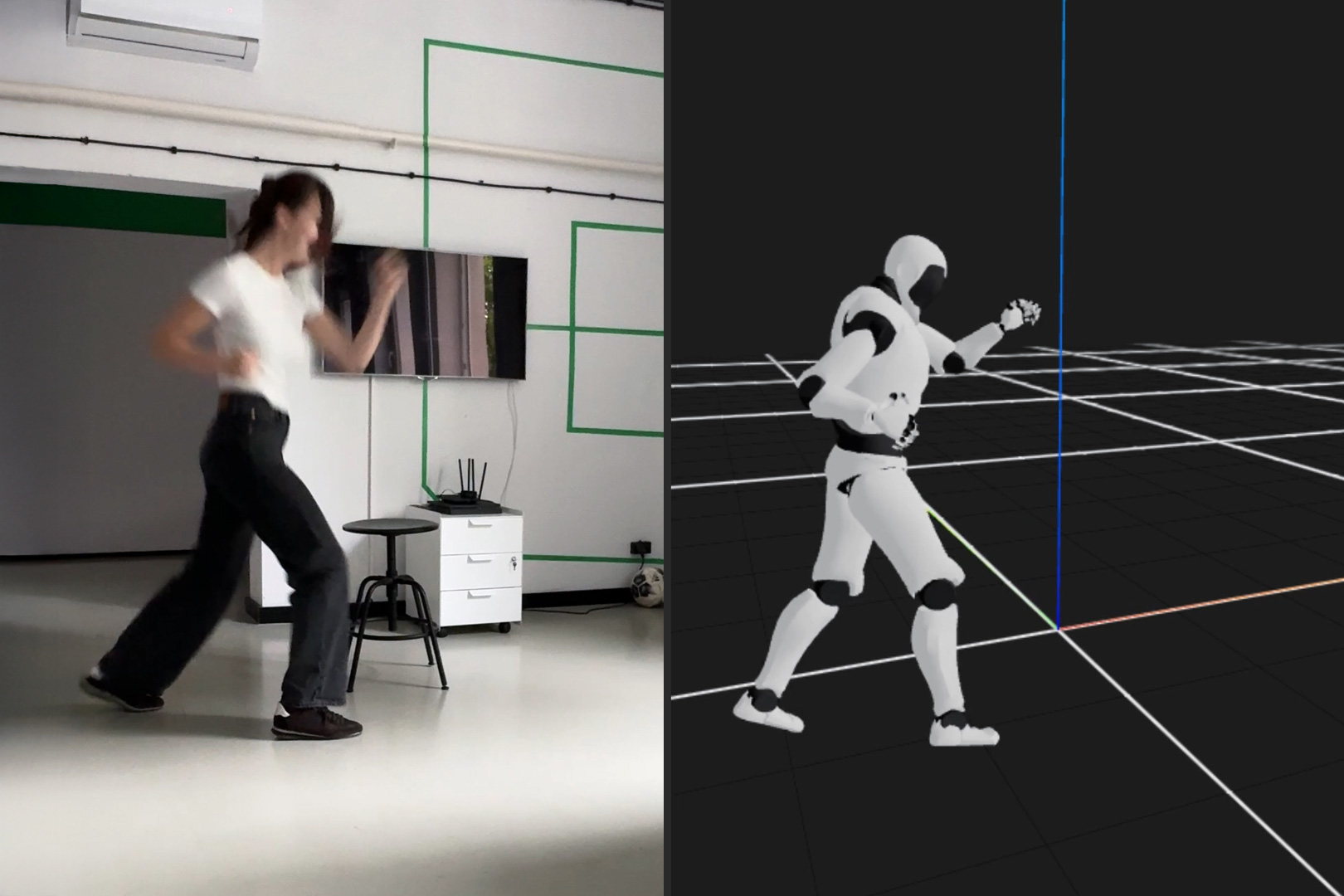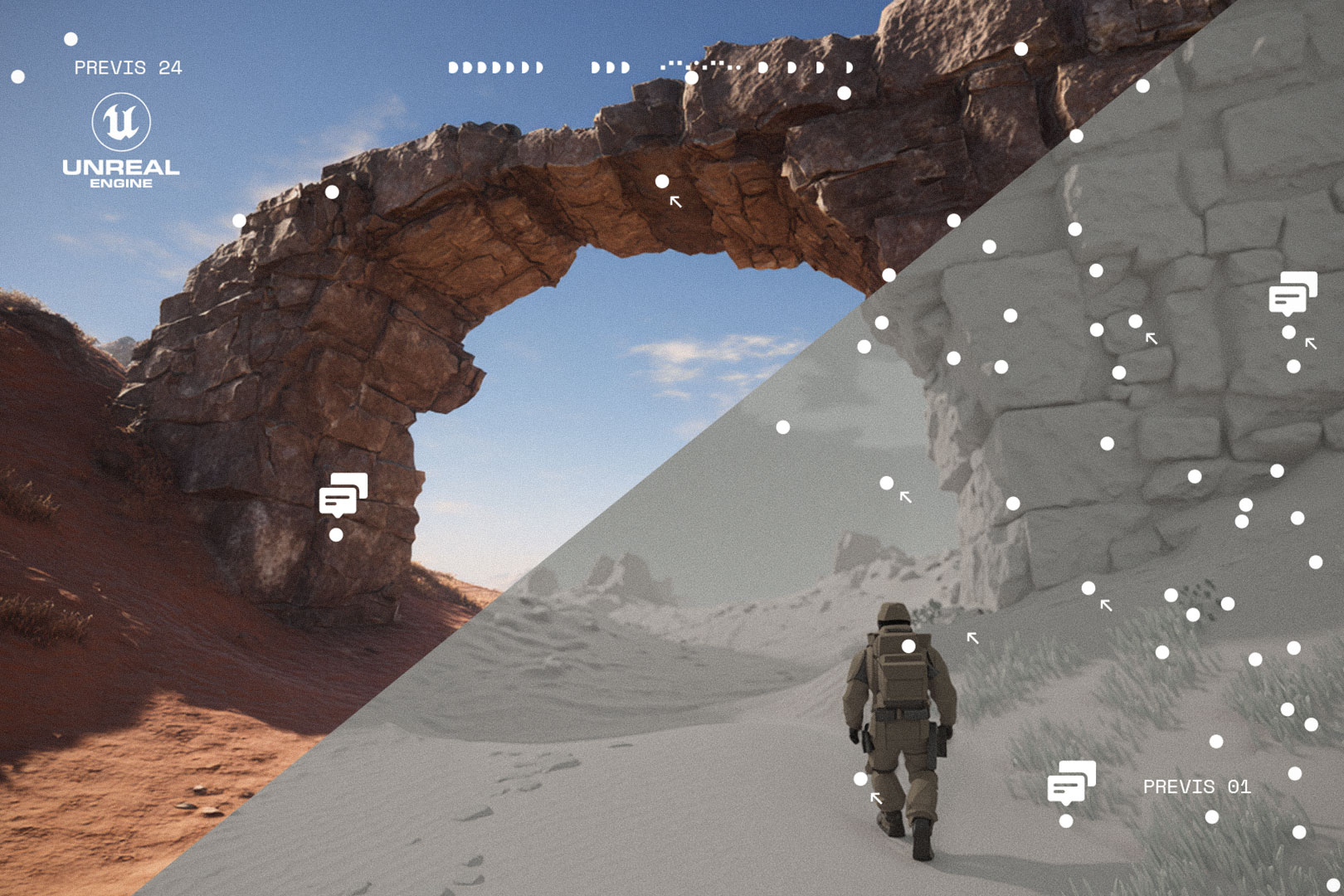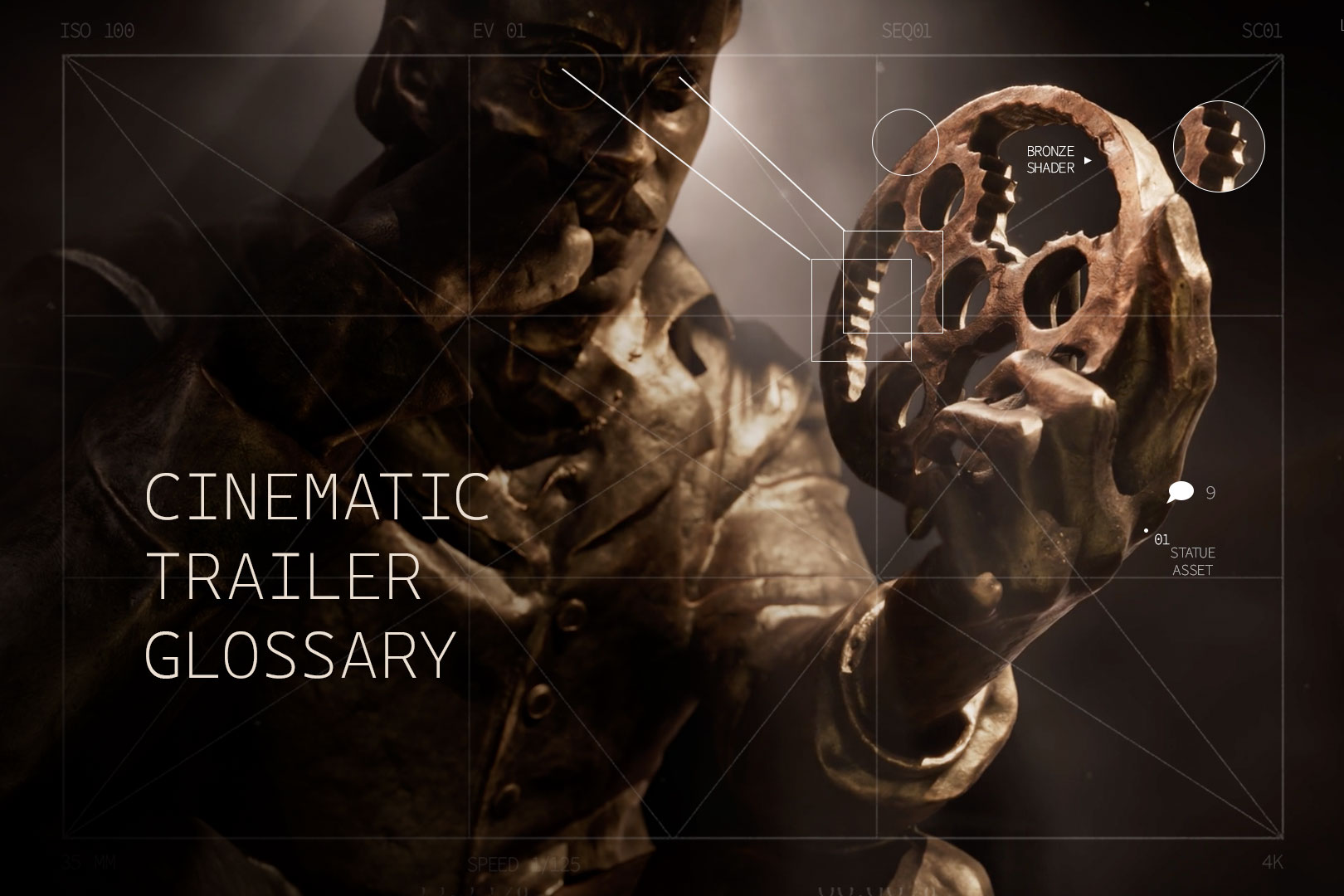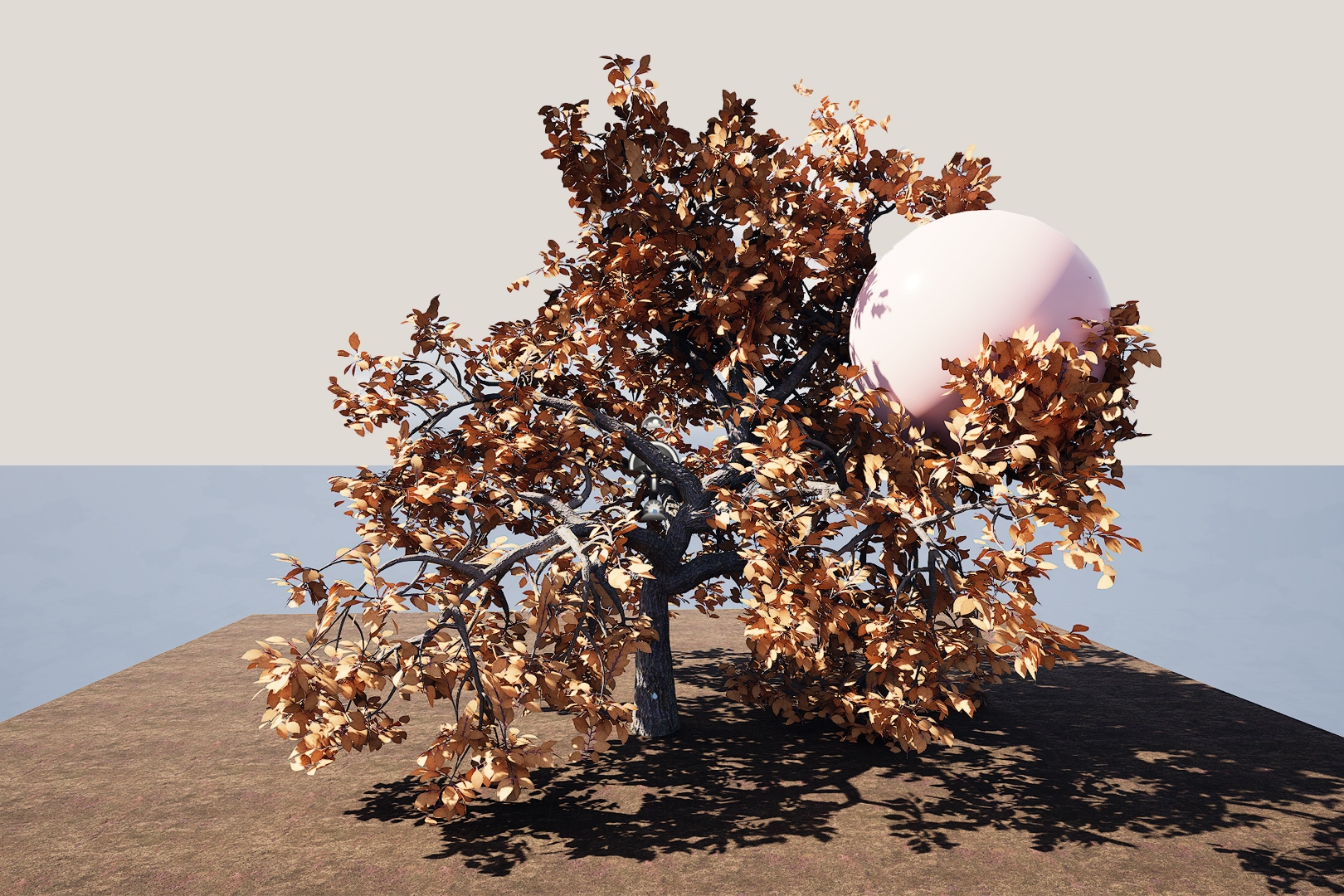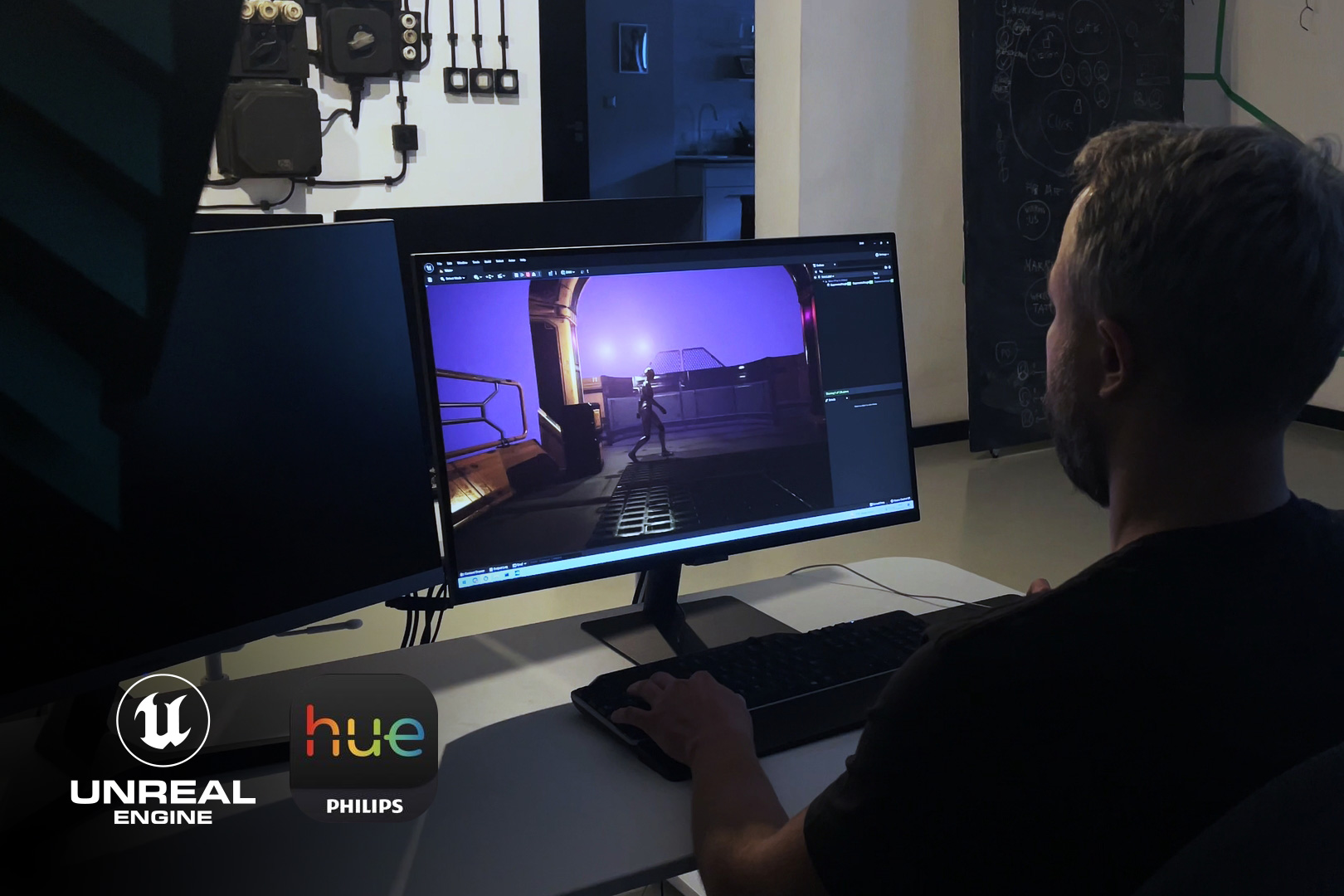Game trailers are the gateway to your game’s success. They build hype, explain your vision, and convert players into fans. But not all trailers are created equal—each type serves a unique purpose in your marketing campaign. In this guide, we’ll break down the 6 essential types of game trailers and reveal exactly when to deploy them for maximum impact.
1. Reveal/Announce Teaser Trailer
What it is: A short, enigmatic preview (15-30 seconds) designed to spark curiosity.
Purpose: Announce your game’s existence, establish tone, and ignite speculation.
When to use it:
- 6–10 months before launch.
- During major industry events (The Game Awards, Playstation Showcase, Gamescon).
- To announce first game, sequel or reboot.
Pro Tip: Focus on mood over mechanics. Use striking visuals, cryptic dialogue, or a iconic musical motif, be creative
Example: "Screamers" "Project: Robot"
2. Cinematic Trailer
What it is: A story-driven trailer using pre-rendered CGI or in-engine footage (1-3 minutes).
Purpose: Showcase your game’s narrative, characters, and world-building.
When to use it:
- 4–6 months pre-launch.
- For story-heavy games (RPGs, narrative adventures).
- To target fans of lore-driven franchises.
Pro Tip: Prioritize emotional beats. Highlight conflicts, relationships, or moral choices, you can combine with actual gameplay footage too.
Example: The Witcher 4
3. Gameplay Trailer
What it is: A demonstration of actual gameplay mechanics (2-4 minutes).
Purpose: Prove your game’s fun factor and explain core mechanics.
When to use it:
- 2–3 months pre-launch.
- For gameplay-centric titles (platformers, shooters, strategy games).
- To reassure backers during crowdfunding campaigns.
Pro Tip: Mix action with UI close-ups. Show HUD elements, skill trees, or progression systems.
Example: Split Fiction’ gameplay trailer highlight mechanics and quests with the voice of the creator.
4. Launch Trailer
What it is: A polished, celebratory trailer released on launch day (1-2 minutes).
Purpose: Drive final pre-orders and celebrate release day.
When to use it:
- On launch day (or 1 week prior).
- To capitalize on media coverage and influencer reviews.
Pro Tip: Include review scores or accolades
Example: Cyberpunk 2077’s launch trailer
5. DLC/Expansion Trailer
What it is: A trailer promoting post-launch content (1-2 minutes).
Purpose: Re-engage existing players and attract lapsed fans.
When to use it:
- 3–6 months post-launch.
- During seasonal updates (holidays, anniversaries).
Pro Tip: Highlight new features (maps, characters, modes) to justify the purchase.
Example: Destiny 2’s The Witch Queen expansion trailer focused on new enemies and loot.
6. Vertical Slice Trailer
What it is: A deep dive into a layers of the game, polished level or mechanics, the plot, concepts, a map (3-5 minutes).
Purpose: Attract investors, publishers
When to use it:
- During crowdfunding (Kickstarter, Indiegogo)
- For pitching to publishers.
Pro Tip: Narrate the developer’s vision. Explain design choices and innovations.
Trailer Timing Cheat Sheet
| Trailer Type | Best Timing | Key Focus |
|---|---|---|
| Teaser | 6–12 months pre-launch | Mystery, tone |
| Cinematic | 4–6 months pre-launch | Story, characters |
| Gameplay | 2–3 months pre-launch | Mechanics, fun factor |
| Launch | Launch day (±1 week) | Celebration, urgency |
| DLC/Expansion | 3–6 months post-launch | New content, replayability |
| Vertical Slice | Pitching/crowdfunding phase | Depth, innovation |
Why Your Game Needs More Than One Trailer
A single trailer rarely covers all bases. A teaser builds early hype, a gameplay trailer reassures skeptics, and a launch trailer seals the deal. For example:
- Cyberpunk 2077 used 8+ trailers pre-launch to target different audiences.
- Indie games like Stardew Valley leveraged vertical slices to secure fan funding.
Need Help Crafting the Perfect Trailer?
At TATO, we specialize in cinematic and gameplay trailers that turn heads and drive sales. From teasers to DLC campaigns, our team blends Unreal Engine mastery with data-driven timing.

